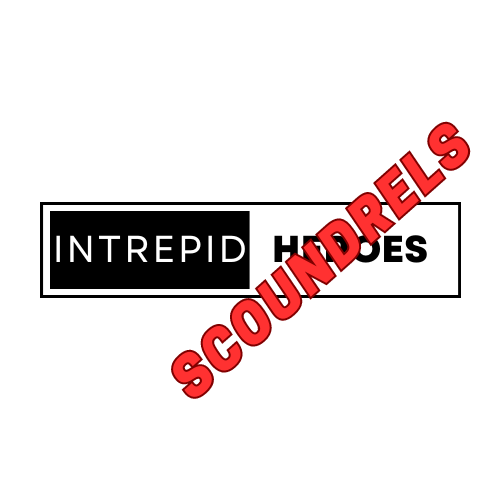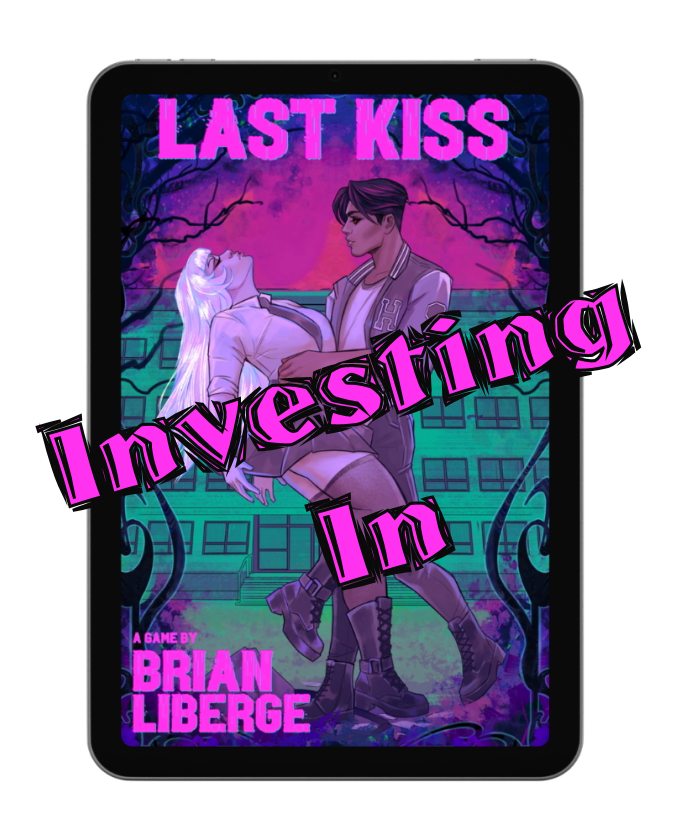If we go back far enough, say around this time 4 years ago, there was plenty going on in the world, but for Investing In we were talking Pathfinder 2E Subsystems. I featured a few of the systems that I was getting ready to use for a game: Reputation, Influence, and Leadership. There’s one subsystem that I think is incredibly useful and fun that I briefly mentioned, and that’s the rules for Chases. Maybe you’re chasing after a fleeing adversary, like Captain America pursuing the Winter Soldier, or heroes fleeing the guards of a city like Vox Machina in a recent season 3 episode. I’m psyched for the War of Immortals drop later this month, but in the meantime though I’d share a chase I set up for my group’s Kingmaker game!
The Setup
In this chase the character is being pursued by a pack of trollhounds, twelve of them in fact in order to encourage the character to flee rather than combat them. Trollhounds are rather ferocious and they’ve powerful regeneration, which can be overcome by fire or acid, but again 12 of them is a dangerous encounter for any one character. In the case of Kingmaker, the character will be encountering this pack while venturing into the Stolen Lands, presumably while venturing alone in the untamed wilderness near or not far from one of the many rivers. There’s plenty of rolling hills, dense forests, and other treacherous terrain you can leverage in a chase.
- Environment: rolling hills, dense forests, rocky hills, cliffs, rivers, underbrush, possible dangerous fauna
- Timing: variable, as appropriate for need of encounter but dusk or night can create added challenges
- Creatures: 12 trollhounds
The Chase
Each round with the character should feature an appropriate obstacle. Don’t be afraid to change it up slightly, move around your planned pattern, or reward clever thinking! Each of these obstacles will require a skill check or saving throw, though a player may have an idea that you should adjudicate. Start with a standard DC for that character’s level but vary for things that make sense to be easier or harder. You’ll note standard-1 or standard+1 for example. That doesn’t mean by 1 specifically, but to lower or decrease by the standard DC for that level in the chart. I recommend lowering the DC when it’s a particularly clever approach, well roleplayed, etc. Here each obstacle requires only 1 Chase point to overcome, as it’s a single character. You may require more to draw out the obstacle or because the character is trending behind. Any time the character has less Chase points than the number of previously completed obstacles, the Trollhounds catch up and might do some damage or create a new obstacle for the character!
Obstacles
- Overgrown Thickets
- Description: You charge through a patch of dense thorn bushes and tangled vines. The trollhounds are slower to tear through but can easily break the brush with their size.
- Obstacle Type: Acrobatics or Survival (DC standard), perhaps lower if a magic item would help
- Failure: You become entangled, taking 1d6 piercing damage and must spend the next round freeing yourself, losing ground.
- Success: You nimbly avoid the thorns and gain extra distance.
- Rocky Slope
- Description: A steep hill looms ahead, covered with loose rocks. Tumbling boulders and uneven ground threaten to trip anyone attempting to climb.
- Obstacle Type: Reflex (DC standard) or Athletics (DC standard+1) or Acrobatics (DC standard+2)
- Failure: You stumble and fall, sliding back down. Take 1d6 bludgeoning damage and lose significant ground.
- Success: You scramble up the slope, leaving some of the trollhounds behind as they struggle with the terrain.
- Wild River Crossing
- Description: A rushing river blocks the way forward. The water is fast and deep, and there’s no time to find a bridge. The trollhounds hesitate to swim, buying precious time if you can get across.
- Obstacle Type: Athletics (Swim) (DC standard) or Nature (DC standard+1) to find a safer ford.
- Failure: You’re swept away by the current and take 1d8 bludgeoning damage from rocks. You lose ground, and the trollhounds close in.
- Success: You swim across quickly or find a shallow crossing, gaining distance.
- Fallen Log Trap
- Description: A thick fallen log lies across the path. You could leap over it or take the time to run around. It’s precarious, but could act as a momentary barrier.
- Obstacle Type: Acrobatics (DC standard) to leap over, or Perception (DC standard+1) to notice a weak point and break it behind you.
- Failure: You fail to clear the log and stumble, taking 1d6 damage and losing momentum.
- Success: You either leap cleanly over or break the log to slow down the hounds behind you.
- Old Ruins
- Description: An old, crumbling stone ruin rises from the forest, a relic of a bygone age for the Stolen Lands. You could climb up the wall and try to lose the hounds inside, or dash through the narrow passages to try and confuse them.
- GM Note: If possible weave in a bit of history related to the ancient Kellids or the Taldane pilgrimage that venture north to this area.
- Obstacle Type: Stealth (DC standard) to lose them in the ruins, or Athletics (Climb) (DC standard+2) to ascend quickly.
- Failure: You make too much noise or slip during your climb. The trollhounds close in!
- Success: You either evade the trollhounds by sneaking or make it to higher ground, where they cannot follow as easily.
- Dangerous Wildlife
- Description: A territorial owlbear or other dangerous creature is startled as you pass through its territory. It growls at both you and the trollhounds, ready to attack the nearest creature.
- GM Note: This is a great way to introduce an actual encounter or have the character join with the rest of the party to fight that creature. You may ultimately do as Success below notes and let the monsters fight one another, perhaps as the heroes get into an area the creature was guarding/protecting.
- Obstacle Type: Nature (DC standard) to pacify or redirect the beast’s aggression, or Intimidation (DC standard +2) to stand your ground and scare it off.
- Failure: You provoke the creature’s wrath! It attacks you or the trollhounds.
- Success: You manage to redirect the creature’s attention onto the trollhounds or leave it behind, gaining ground.
I’ve come in to edit the article after the chase since this article is coming out after use. As is normal, things change, so I quickly adapted due to timing. One player has returned to our group after years away and I wanted a fun intro for him. Originally I thought he’d run into the owlbear first and the other heroes would join in and fight together. Instead, the heroes got there first the previous session and the player had to be late. Thus, I had them move quickly through a few challenges, including a new challenge to use Perception or Survival to follow some tracks near the riverbed, giving the PC a good idea of the group they might stumble upon. Practice those improv skills, but have something to help support your mechanics and you’ll feel empowered at game every time!
Hope this helps you craft up your own Chase though those Chase Rules have many great examples. Remember those DCs should reflect close to the character’s standard DCs by level but feel free to put some easier ones in for a longer chase. The GM Core has many great subsystems, updated for the Remaster, and you can find them on the Archives of Nethys too. Chases are a great way to invest a bit of anxious excitement into your game!
Investing In:
I wasn’t quite sure what to name my article series when I first started but the idea of showcasing or discussing things that make me excited, that I find new and interesting, or maybe I’m otherwise passionate about seemed to fit with the idea of Investing In something like the Pathfinder 2E mechanic. To use some magic items you have to give that little bit of yourself, which helps make these things even better. I like the metaphor of the community growing and being strengthened in the same way!
I also want to hear what you’re Investing In! Leave me a comment below about what games, modules, systems, products, people, live streams, etc you enjoy! You can also hit me up on social media as silentinfinity. I want to hear what excites you and what you’re passionate about. There’s so much wonderful content, people, groups (I could go on) in this community of ours that the more we invest in and share, the better it becomes!
Sources
Banner – Chase rules image, Chapter 4: Subsystems in GM Core, Paizo
- Rooftop chase scene, Creative Commons Attribution, Gengar1991
- Character fleeing with gold, Chapter 4: Subsystems in GM Core, Paizo








